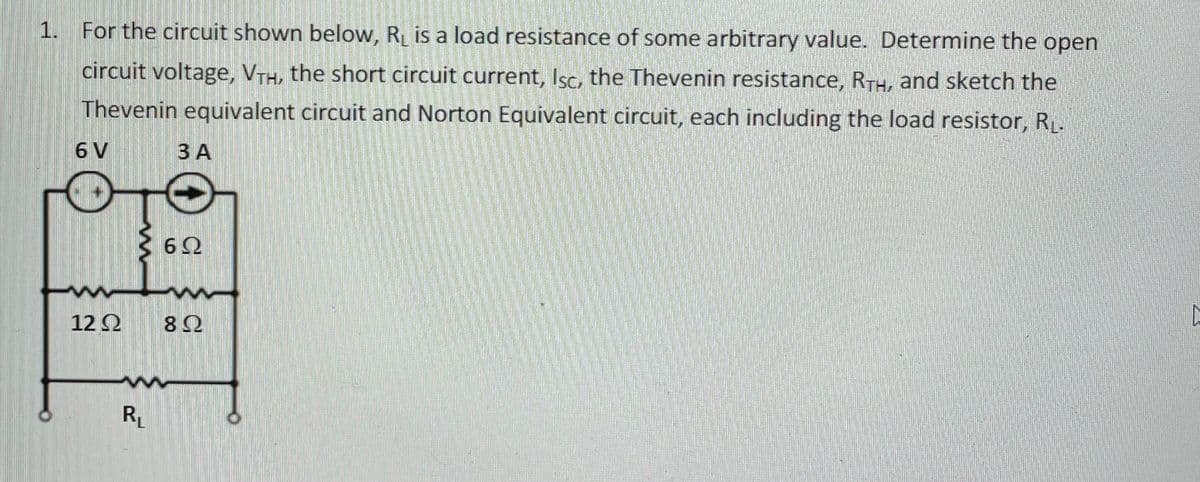Part A shown in image, part B) for the circuit find the load resistance (RL) that draws the maximum amount of power from the rest of the circuit and calculate the maximum power that can be delivered to RL c) calculate the range of resistance values for rl that will result in more than 10 watts of power absorbed in rl
Part A shown in image, part B) for the circuit find the load resistance (RL) that draws the maximum amount of power from the rest of the circuit and calculate the maximum power that can be delivered to RL c) calculate the range of resistance values for rl that will result in more than 10 watts of power absorbed in rl
Delmar's Standard Textbook Of Electricity
7th Edition
ISBN:9781337900348
Author:Stephen L. Herman
Publisher:Stephen L. Herman
Chapter29: Dc Generators
Section: Chapter Questions
Problem 16RQ: Explain the difference between cumulative- and differential-compounded connections.
Related questions
Question
Part A shown in image,
part B) for the circuit find the load resistance (RL) that draws the maximum amount of power from the rest of the circuit and calculate the maximum power that can be delivered to RL
c) calculate the range of resistance values for rl that will result in more than 10 watts of power absorbed in rl

Transcribed Image Text:1. For the circuit shown below, R is a load resistance of some arbitrary value. Determine the open
circuit voltage, VTH, the short circuit current, Isc, the Thevenin resistance, RTH, and sketch the
Thevenin equivalent circuit and Norton Equivalent circuit, each including the load resistor, RL.
6 V
ЗА
62
12 Q
R
Expert Solution
This question has been solved!
Explore an expertly crafted, step-by-step solution for a thorough understanding of key concepts.
This is a popular solution!
Trending now
This is a popular solution!
Step by step
Solved in 4 steps with 4 images

Recommended textbooks for you

Delmar's Standard Textbook Of Electricity
Electrical Engineering
ISBN:
9781337900348
Author:
Stephen L. Herman
Publisher:
Cengage Learning

Delmar's Standard Textbook Of Electricity
Electrical Engineering
ISBN:
9781337900348
Author:
Stephen L. Herman
Publisher:
Cengage Learning